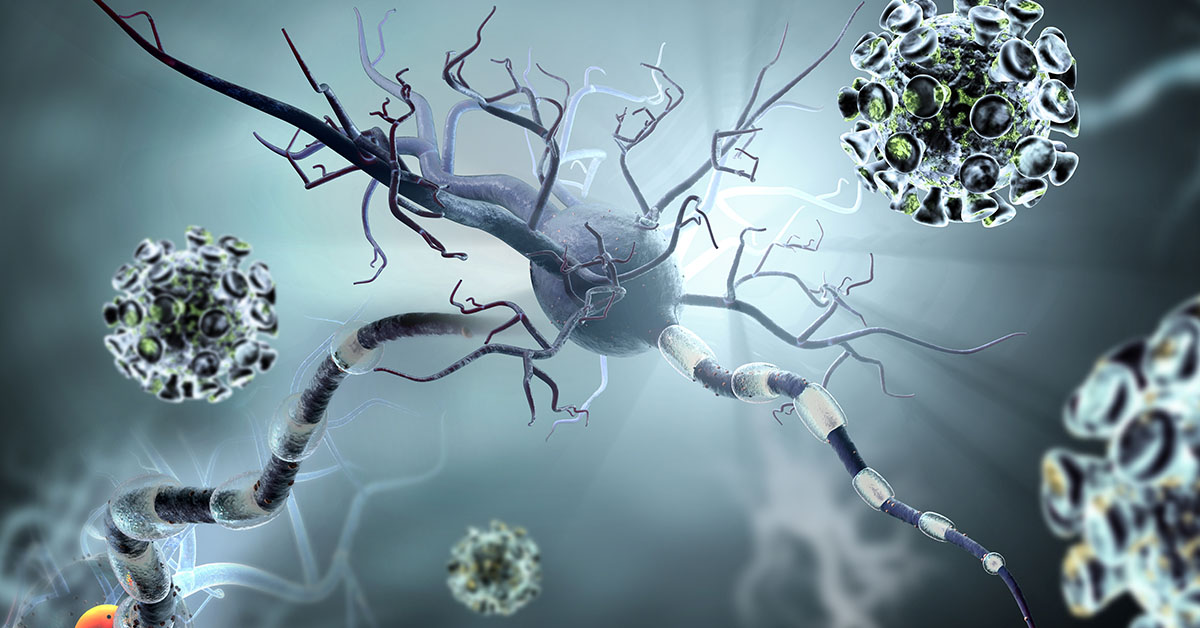Pineal tumors are abnormal growths in or around the hormone-producing pineal gland.

What are Pineal Tumors?
Pineal tumors are tumors that in or around the pineal gland. The pineal gland is a small but important gland found in the middle of the brain, behind the brain stem. The gland produces hormones including melatonin, which helps regulate your cycles of sleeping and waking.
Pineal tumors are rare among adults, occurring more often among children and young adults. Common types of pineal tumors include germ cell tumors, pineal parenchymal tumors, and gliomas.
What causes Pineal Tumors?
A tumor is an abnormal growth caused by abnormal cell multiplication that does not serve any physiological function. Cell division is regulated by the tumor suppressor genes. These genes also help to repair any damage caused to the DNA. Tumor suppressor genes are constantly at war against the cancer-causing genes called oncogenes. When tumor suppressor genes fail to function properly due to mutations that affect protein encoding, unregulated cell division and growth can occur and cause the development of a tumor.
The body's natural defense system should optimally detect the abnormal cells and kill them. But tumors may produce substances that obstruct the immune system from recognizing the abnormality of tumor cells and eventually the tumor cells may overpower all internal and external checks to their growth.
Symptoms and Diagnosis
Just as with any other condition, symptoms may vary according to your condition's location, severity, and type. Some common symptoms of tumors in or near the pineal gland may include headaches, fatigue, memory issues, double vision, vomiting or nausea, and seizures.
If pineal tumors block any ventricles, they can obstruct the flow of much needed cerebrospinal fluid and cause hydrocephalus, which has initial symptoms of irritability, nausea, and fatigue. Hydrocephalus may be fatal if left untreated.
If a person is suspected of having a brain tumor, a neurological exam will be done. This involves checking the function of eyes, ears, nose, and muscles. Sensation, balance and coordination are also tested. Mental state and memory are also assessed, and the levels of hormones in the blood are examined.
Diagnostic imaging tests may be ordered, including computerized tomography, or CT, scans or magnetic resonance imaging, or MRI, scans. The results from these imaging studies can help to determine the size, location, and type of tumor. The diagnosis may also be confirmed by examining a tissue sample taken from the tumor in a procedure called a biopsy.
How are Pineal Tumors treated?
Treatment options for pineal tumors will vary according to the condition's severity, location, and other factors, such as the patient's general health. If safe to remove, the preferred treatment method is surgical removal. Radiation therapy may also be considered. In patients under the age of three and for certain types of pineal tumors, chemotherapy may be used to help delay the use of radiation therapy. If the tumor has caused hydrocephalus, treatment will be needed to avoid complications caused by blockage of the brain's ventricles.




